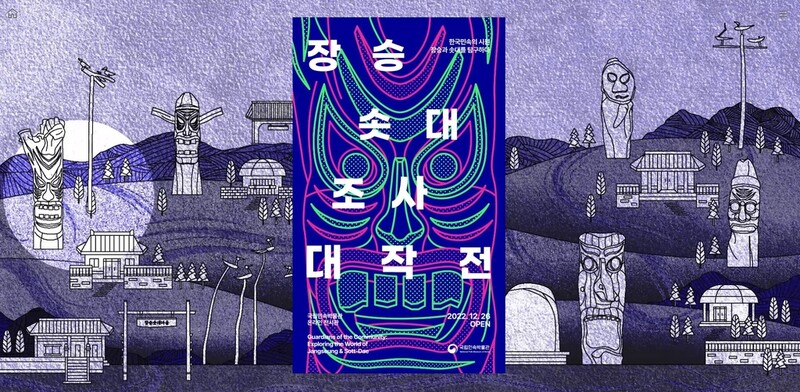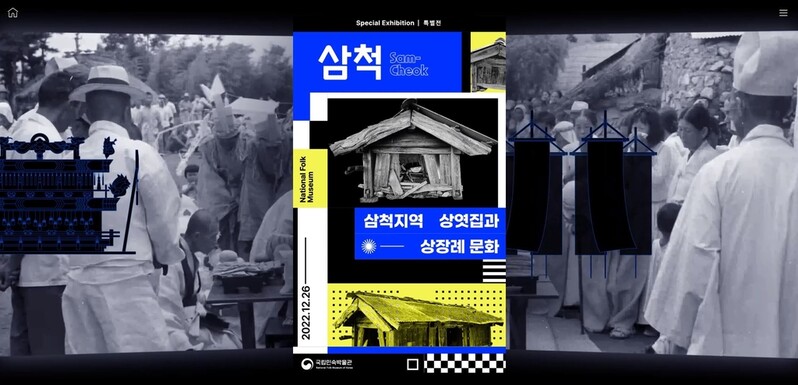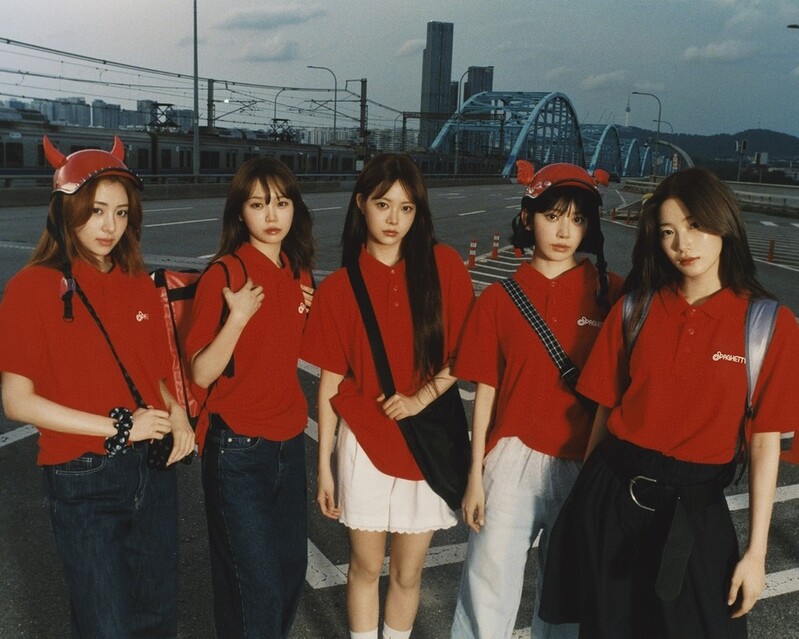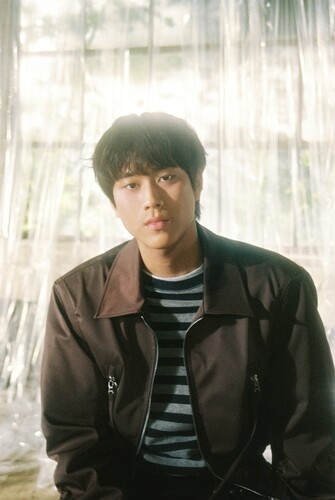 |
| ▲ This photo, provided by the National Folk Museum of Korea, shows the poster for 'A Grand Journey to Jangseung and Sotdae.' (PHOTO NOT FOR SALE) (Yonhap) |
 |
| ▲ This photo, provided by the National Folk Museum of Korea, shows the poster for 'A Tour Guide for a Storage Hut for Funeral Trappings in Samcheok Maengbang-ri.' (PHOTO NOT FOR SALE) (Yonhap) |
SEOUL, Jan. 6 (Yonhap) – Online resources, curated and illustrated by the National Folk Museum of Korea, are to be released with explanations for Korean national folks, including Jangseung and Sotdae, the two totem poles, as well as the ancestral funeral service.
Both “A Grand Journey to Jangseung and Sotdae” and “A Tour Guide for a Storage Hut for Funeral Trappings in Samcheok Maengbang-ri” will be released as research-based online content with photos and videos retelling Korean folklore, according to the National Folk Museum of Korea Thursday.
The two resources are intended to ease the comprehension of national folklore that the public may find difficult to understand, each describing the history and details of national folklore.
The first curated online resource, “A Grand Journey to Jangseung and Sotdae” will recount the history of Jangseung and Sotdae, the two giant traditional Korean totem pole carvings. Jangseung refers to a traditional village guardian post with the design of a face, and Sotdae is also a traditional sacred pole with a bird carving on the top.
The two totem poles, both made of wood or stone, stood at the village entrances, usually next to each other. They were intended to protect villages from evil spirits and help them live better lives as sort of guardian angels.
The “Grand Journey,” planned out by the National Museum, is based on 442 case studies of Jangseung and Sotdae that the researchers have gathered and explored over the span of a decade from 1988 to 1997. The content will be providing a thorough explanation of the wooden Jangseungs and Sotdaes that can be sporadically spotted in the suburbs, along with the Jangseungs made of rocks placed in front of temples.
An official from the Museum explained, “The wooden Jangseungs and Sotdaes, which were easily spotted at least in the 1980's when we began our research, have now become national folklore that is hard to find,” adding, “national folklore is a treasure that we must archive as it can disappear anytime soon.”
Meanwhile, “A Tour Guide for a Storage Hut for Funeral Trappings in Samcheok Maengbang-ri” will be narrating the bier funeral rite that was performed in Samcheok, Gangwon-do.
A storage hut for funeral trappings, or Sangyeot Jib (translated), used to be the place to store yeong-yeo, a spirit-carrying litter that carried the dead person’s spirit, along with sang-yeo, a body-carrying litter, and any other pieces of equipment used for the ritual.
The hut, which was renovated in 1988 during the period of the Great Korean Empire, may look shabby and worn out from the outside; however, the shelter boasts 120 years of history.
The online content depicting the hut also gives an account of the traditional Korean ancestral rituals by tracking down the words and memories of the Samcheok residents.
(This article is translated from Korean to English by Ha eun Lee)
(END)
(C) Yonhap News Agency. All Rights Reserved














![[방송 소식] MBC 대학가요제 13년 만에 부활…26일 방송](https://korean-vibe.com/news/data/20251024/yna1065624915904676_716_thum.jpg)
![[신간] 레넌과 매카트니는 경쟁자였을까…'존 앤드 폴'](https://korean-vibe.com/news/data/20251024/yna1065624915904305_293.jpg)







